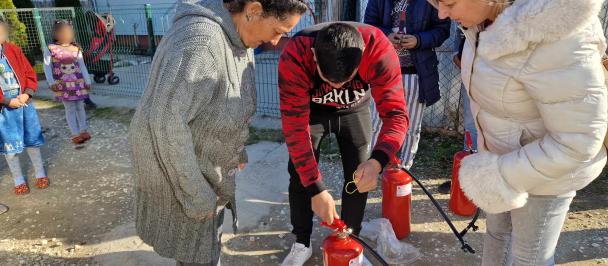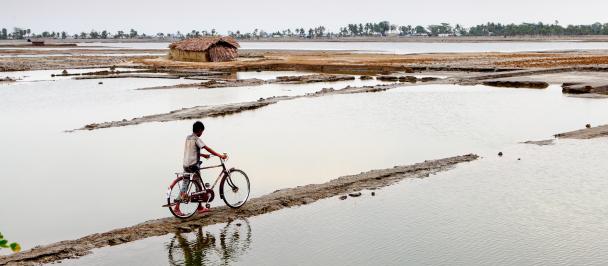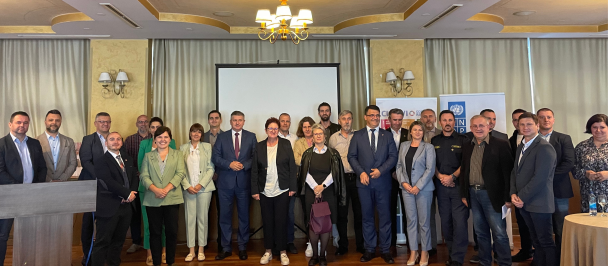National Disaster Risk Reduction Strategy Action Plan 2023-2026 was discussed
July 29, 2022
The Ministry of Emergency Situations of the Kyrgyz Republic and the Center for Emergency Situations and Disaster Risk Reduction, with support of UNDP and WFP in Kyrgyzstan, organized an extended meeting of the Interagency Working Group to discuss the 2nd phase (2023-2026) of the Implementation Plan for the Concept of Comprehensive Protection of Population and Territories of the Kyrgyz Republic from Emergency Situations for 2018-2030. The discussion was attended by experts from ministries and agencies, members of the Interdepartmental Working Group, representatives of international and non-governmental organizations, including the First Deputy Minister of Emergency Situations of the Kyrgyz Republic Mambetov Azamat, WFP Deputy Country Director Hilke David and representatives of UNDP.
The purpose of the meeting of the working group was to discuss and agree on the plan for the 2nd stage of the implementation of the Concept for 2023-2026 and to discuss the mid-term review of the implementation of the Sendai Framework for Disaster Risk Reduction for 2015-2030.
Taking into account the fact that existing disaster risks and new challenges and threats exacerbated by climate change entail risks to the sustainable development of the country as well as the livelihood and well-being of the population, it is necessary to strengthen the capacity of the state system of Civil Protection, within the National Development Program of the Kyrgyz Republic until 2026, based on commitments made to implement the Sendai Framework for DRR until 2030, to achieve the SDGs and the goals of the Paris Agreement under the UN Framework Convention on Climate Change.
The National Development Program of the Kyrgyz Republic until 2026 includes as a special priority for issues of sustainability by creating an environment favorable for human life, the tasks of comprehensive solution of disaster risk reduction in a changing climate with consideration of future threats and hazards, development of new methods of prediction and response, promotion of environmental education, education and awareness on the principles of sustainable consumption and production, as well as the tasks of developing and implementing projects to reduce vulnerability to disasters and mitigate the effects of climate change.
The Action Plan for implementation of the Concept of Comprehensive Protection of Population and Territories of the Kyrgyz Republic from Emergency Situations for 2018-2030 (2nd stage – 2023-2026), is developed based on implementation of goals, objectives and development priorities of the National Development Program of the Kyrgyz Republic until 2026. The final action plan (2023-2026) will be officially submitted for consideration and approval by the Cabinet of Ministers of the Kyrgyz Republic in August 2022.
For information:
National Disaster Risk Reduction Strategy Action Plan outlines the concept of comprehensive protection of the population and territories of the Kyrgyz Republic from emergency situations for 2018-2030.
The development of the Action Plan for the implementation of the DRR Strategy for 2023-2026 is supported by UNDP and WFP in Kyrgyzstan, under which the Ministry of Emergency Situations of the Kyrgyz Republic and the Center for Emergencies and Disaster Risk Reduction conducted a detailed analysis and assessment of the implementation of the first phase of the Action Plan to implement the Concept from 2018 to 2022 (first phase) and developed the Plan for the second phase (2023-2026), which is subject to agreement with all interested parties.
The concept of comprehensive protection of the population and territory of the Kyrgyz Republic from emergencies for 2018-2030 was approved by the Decree of the Government of the Kyrgyz Republic on January 29, 2018 № 58. The main purpose of the mentioned Concept is to establish long-term priorities for the development of the state system of civil protection to ensure the safety of the population and territories of the country from emergencies and disasters to create conditions for sustainable development of the country.

 Locations
Locations










